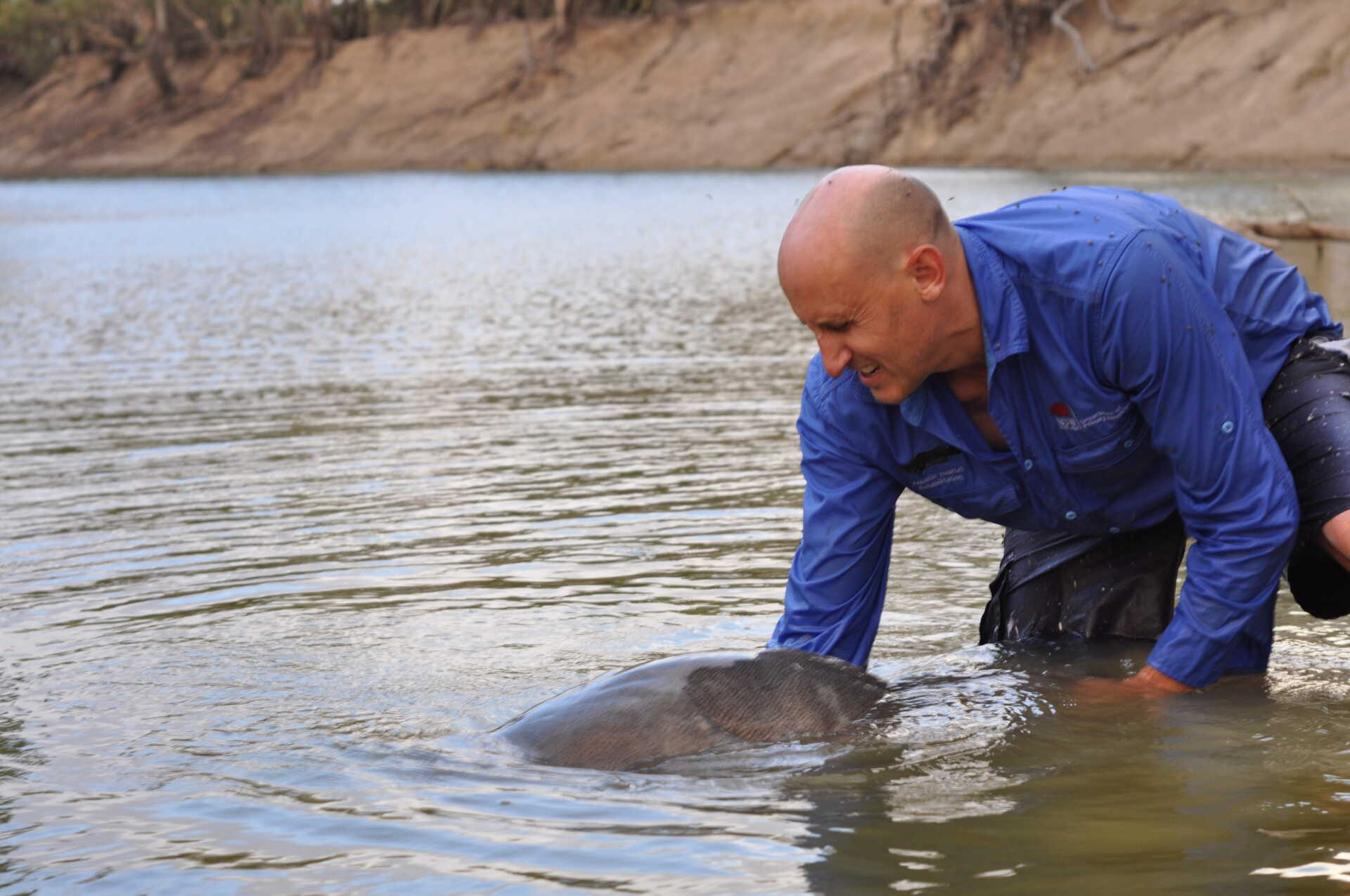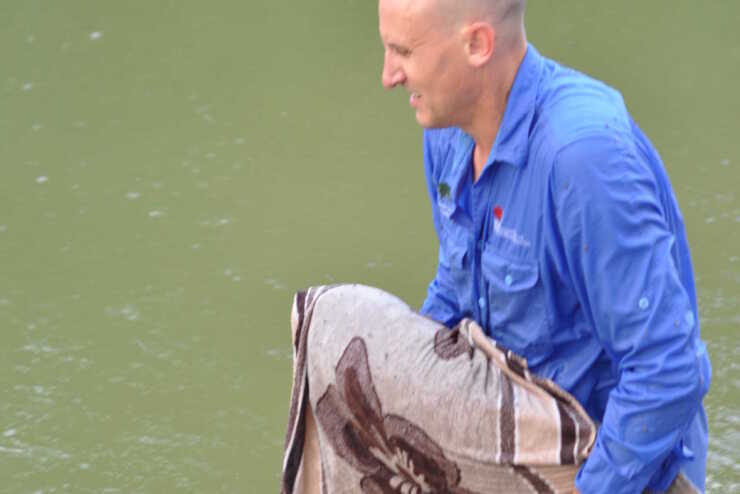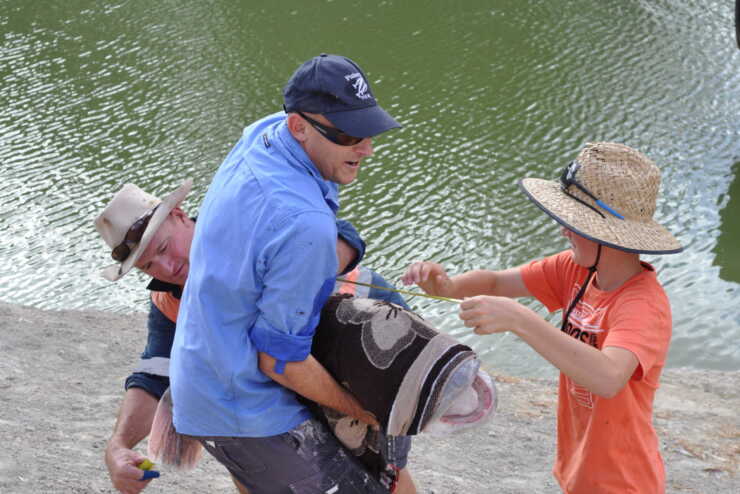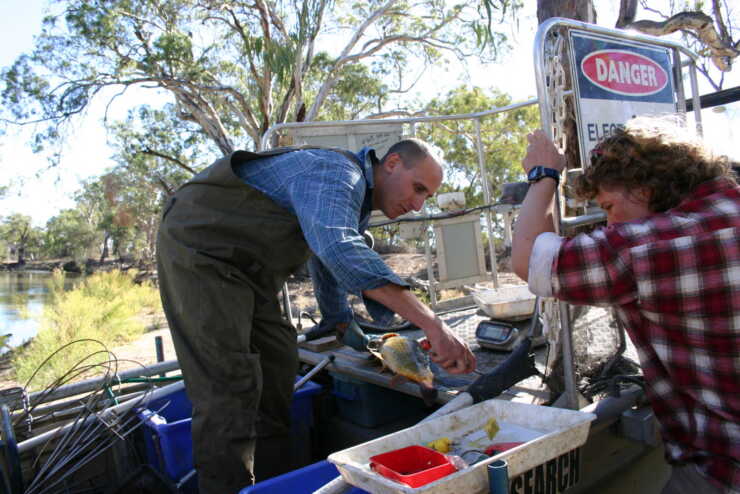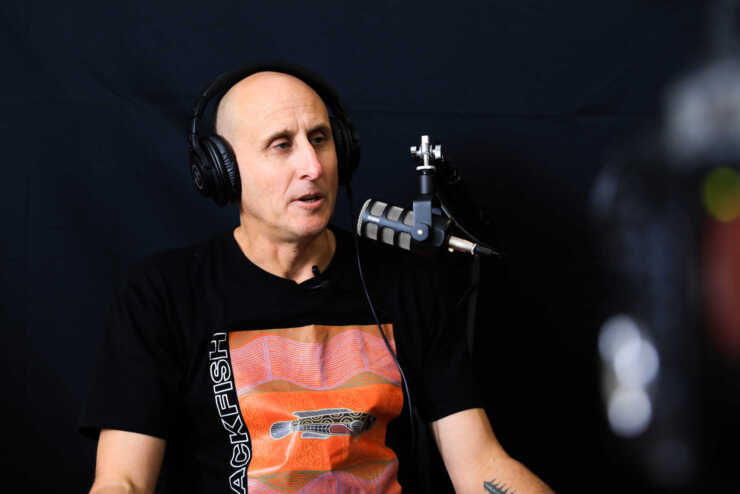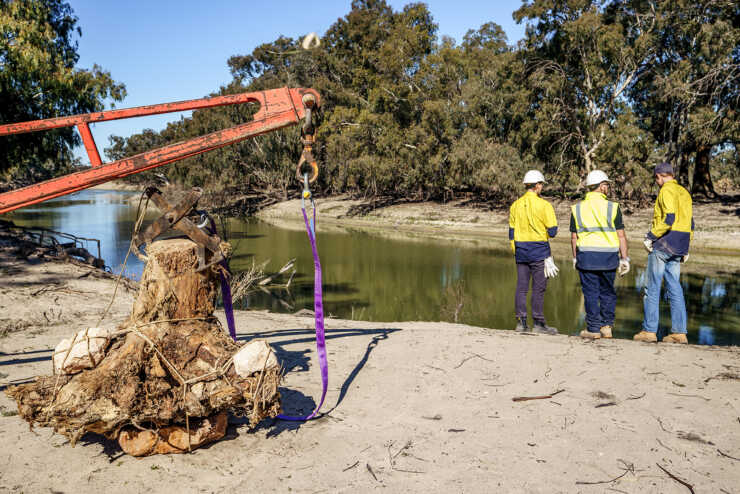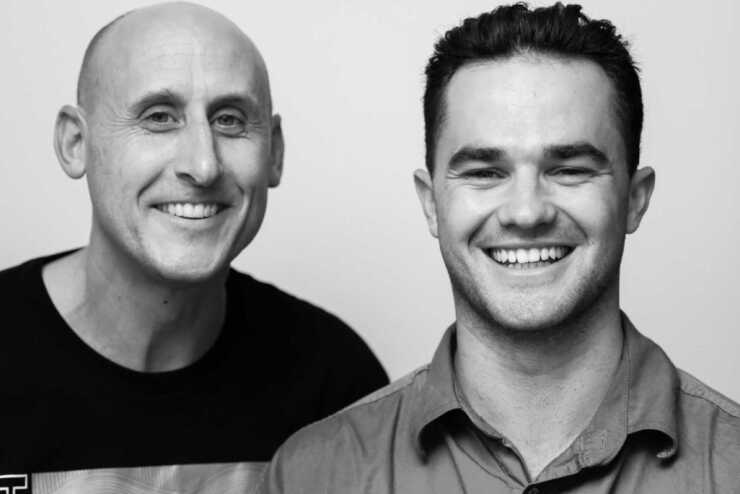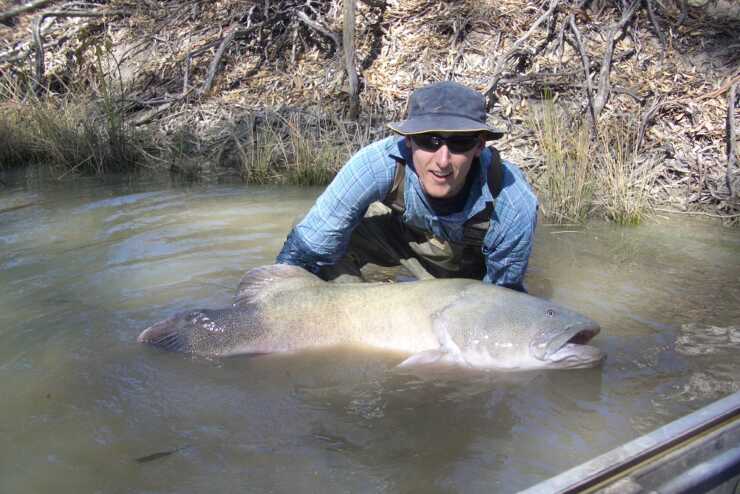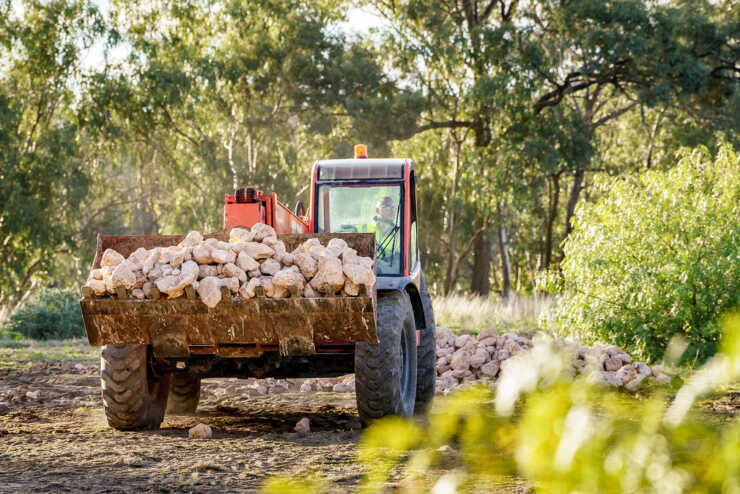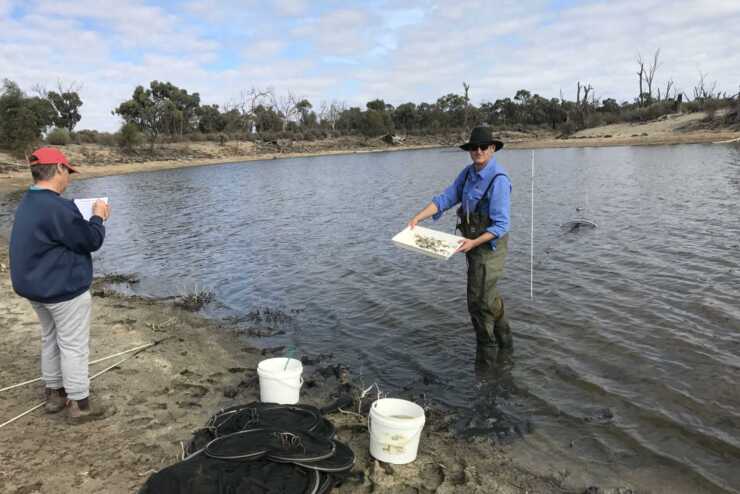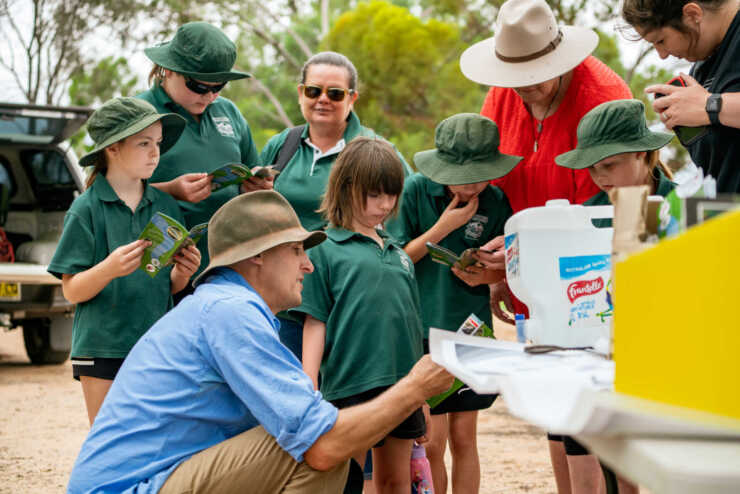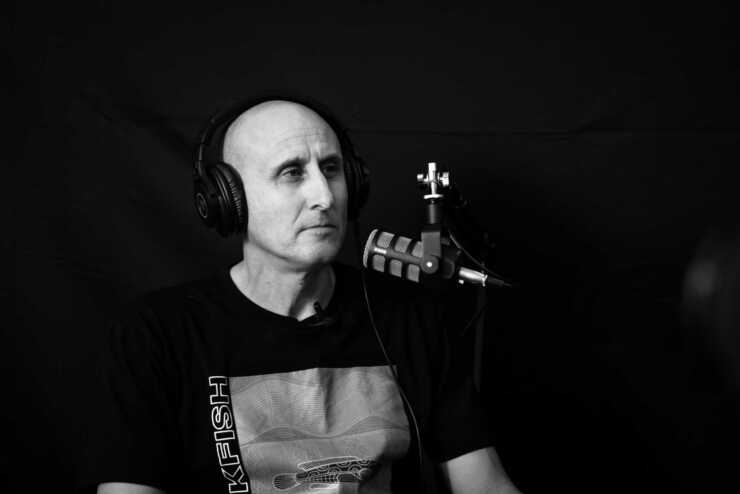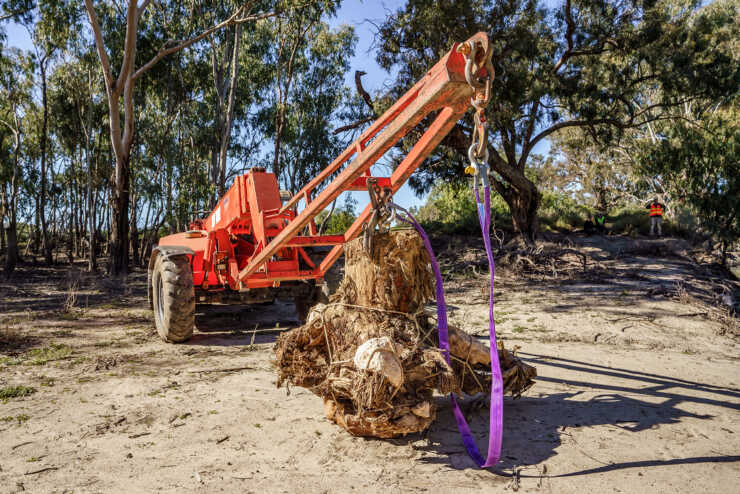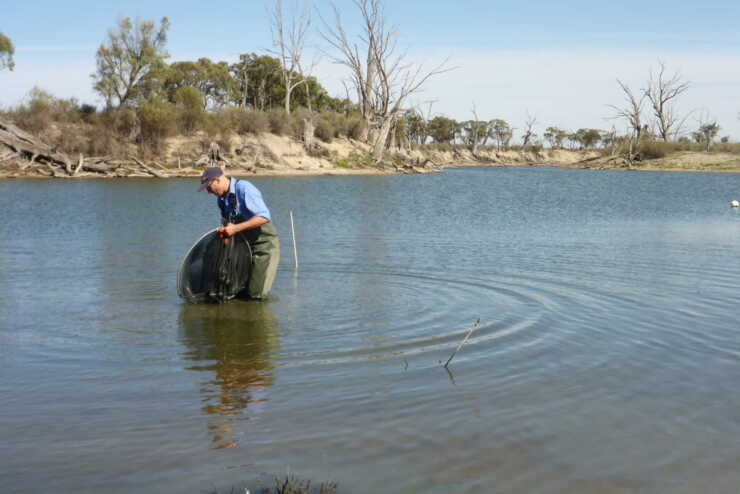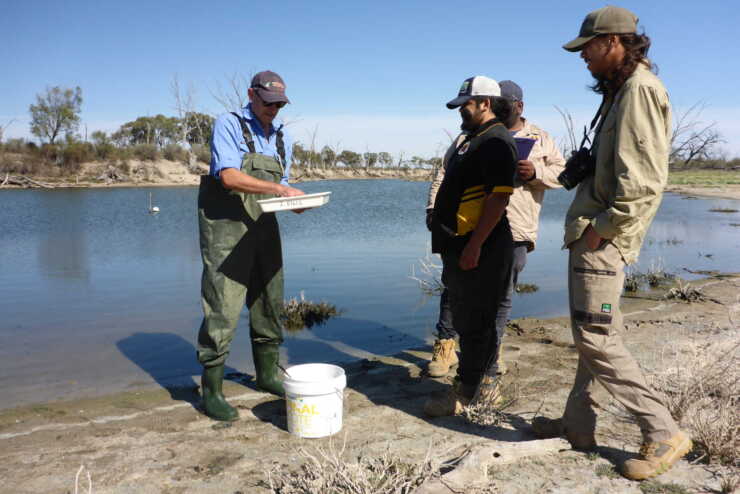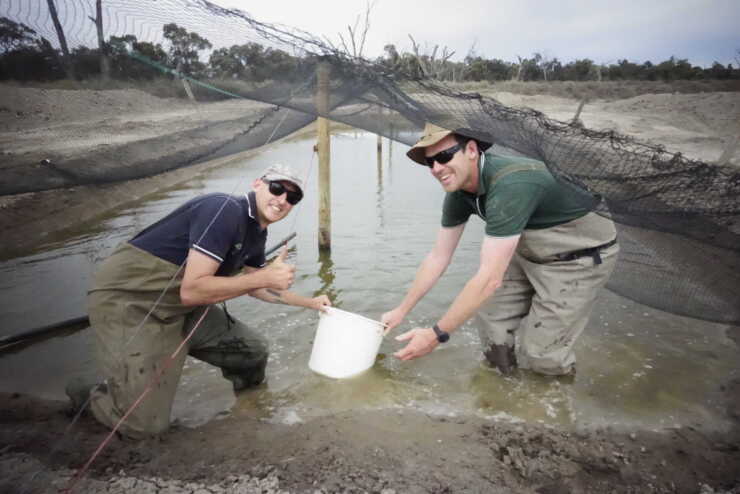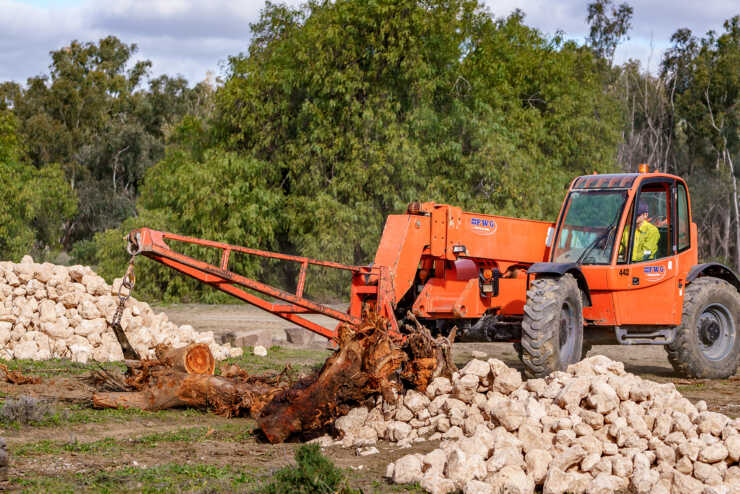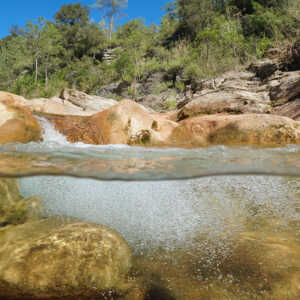SEPTEMBER 2023 | It’s Flow Time: The catalyst for change in the Murray-Darling Basin
Restoring natural flow in the Murray-Darling Basin is the key to unlocking its potential to live up to its reputation as one of Australia’s biggest and best regions for recreational fishing, according to renowned fish ecologist Iain Ellis. After working as an ecologist and fisheries manager for more than 23 years, he spoke in great detail on the subject during an in-depth interview with OzCast, the official podcast of OzFish Unlimited, Australia’s fishing conservation charity. Many native species have evolved over thousands of years to adapt to rivers that rise and fall significantly but over the past 250 years of European settlement, man-made barriers and diversions have had a huge impact on fish populations.






